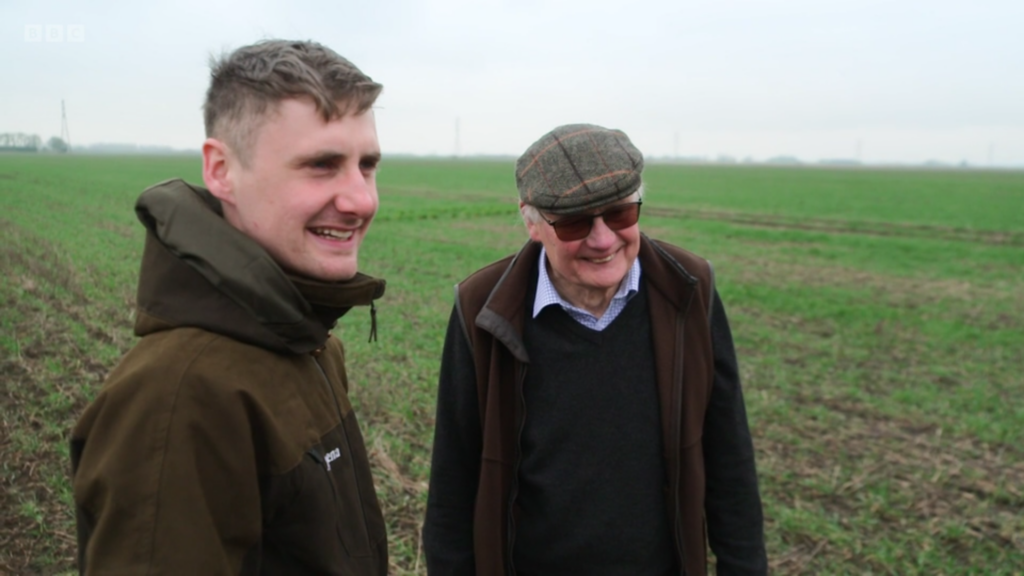Completing my last ever BPS application last month really got me thinking about the financial future of our farm. We all know the era of the Basic Payment Scheme and money for simply owning land is drawing to a close. So, what does the future look like and how can we ensure that our businesses are financially stable because of course we cannot hope to be environmentally sustainable if we are in the red.
The first area to look at for all good businesses is that of controlling cost. For us on our 800 ha farm in South Lincolnshire this was the sole reason we made the transition to direct drilling around 15 years ago. At that time our traditional machinery was coming to the end of its useful life and we had a decision to either invest in new very expensive machinery or try this new thing Grandad had seen in Argentina called Direct Drilling. 15 years on and doing some recent benchmarking it has been amazing to see just how cost effective this form of farming can be compared to the more traditional heavy cultivation way of operating.
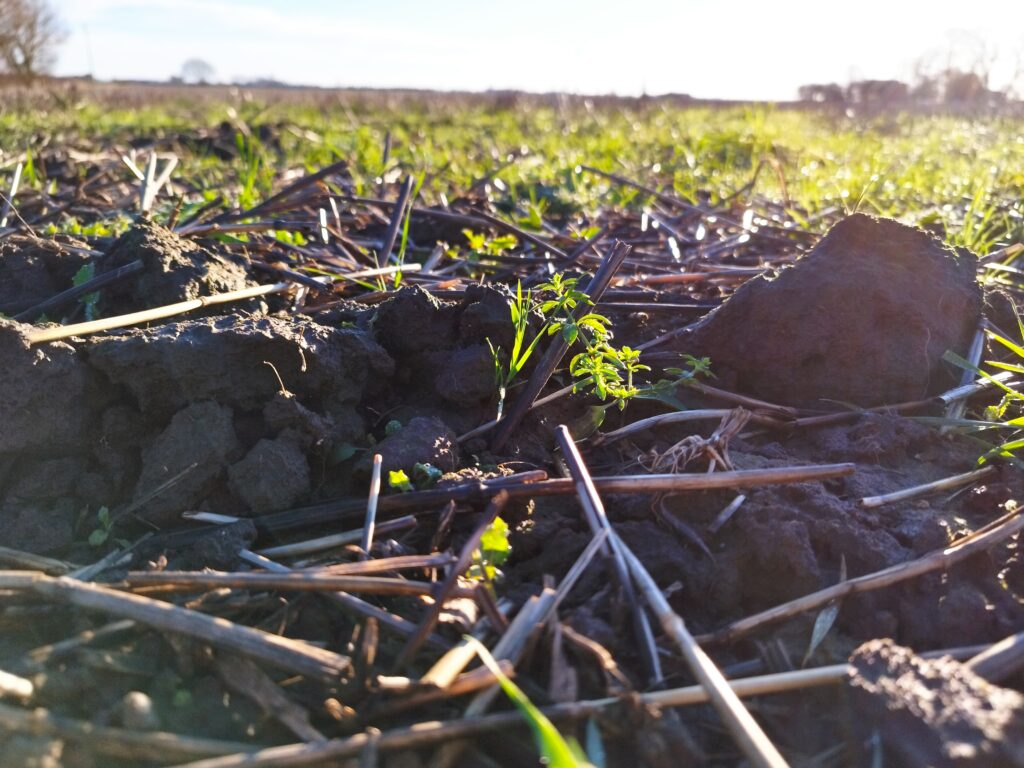
Over a 3 year average looking at winter wheat our yield and income was almost identical to that of our conventional farming neighbours. However, the cost is where things get interesting. Our variable costs were around 17% below the average and our fixed costs were around 40% below the average. Of course, this is no scientific study and weather etc make a huge difference. But it does give me encouragement that we are moving in the right direction. The question Dad and I ponder now is how can we knock off the next 10%+ of costs? (while maintaining our yields). Like with many things the taking away the first costs was the easier bit for example our nitrogen application has come down from approximately 200 KG/N per ha to more like 160 KG/N per ha (in winter wheat) whilst maintaining our 9-10 tonne average yield. But how do we get below the 100 mark? It is clear to me the next stages are going to require more radical thinking, probably with the use of legume leys or ideally a permanent understorey. In summary though I think we are getting to a point where cost control is becoming more and more tricky.
So the next question is how can we tackle the other side of the equation and how can we increase the income side. We know money for owning land payments are disappearing and whilst I do think there are some great options now coming through countryside stewardship and SFI they generally all come with cost as well. There will be an increase in payments for delivering environmental goods either through private or public funding techniques. But the lion’s share of the money I earn will continue to come from the food I produce as it should. I am a commodity grain grower. I grow a range of different crops in my rotation now: Wheat, Oats, OSR (decreasingly) and Field Beans. To shorten my supply chain and diversify my rotation I have also started growing for the British Quinoa company as well as forage rye and grass for a local AD plant.
However, I recently came across an interesting report by Sustain (“Unpicking food prices: Where does your food pound go, and why do farmers get so little?”). To pull out an interesting statement in this report “the cereal farmer spends 9.03p yet receives an almost negligible profit (0.09p) on a selling price of £1.14” and “For 4 beefburgers the processor gains ten times the profit of the beef farmer. A carrot grower spending 14p per bag and selling to the supermarket supply chain gets almost negligible returns.”
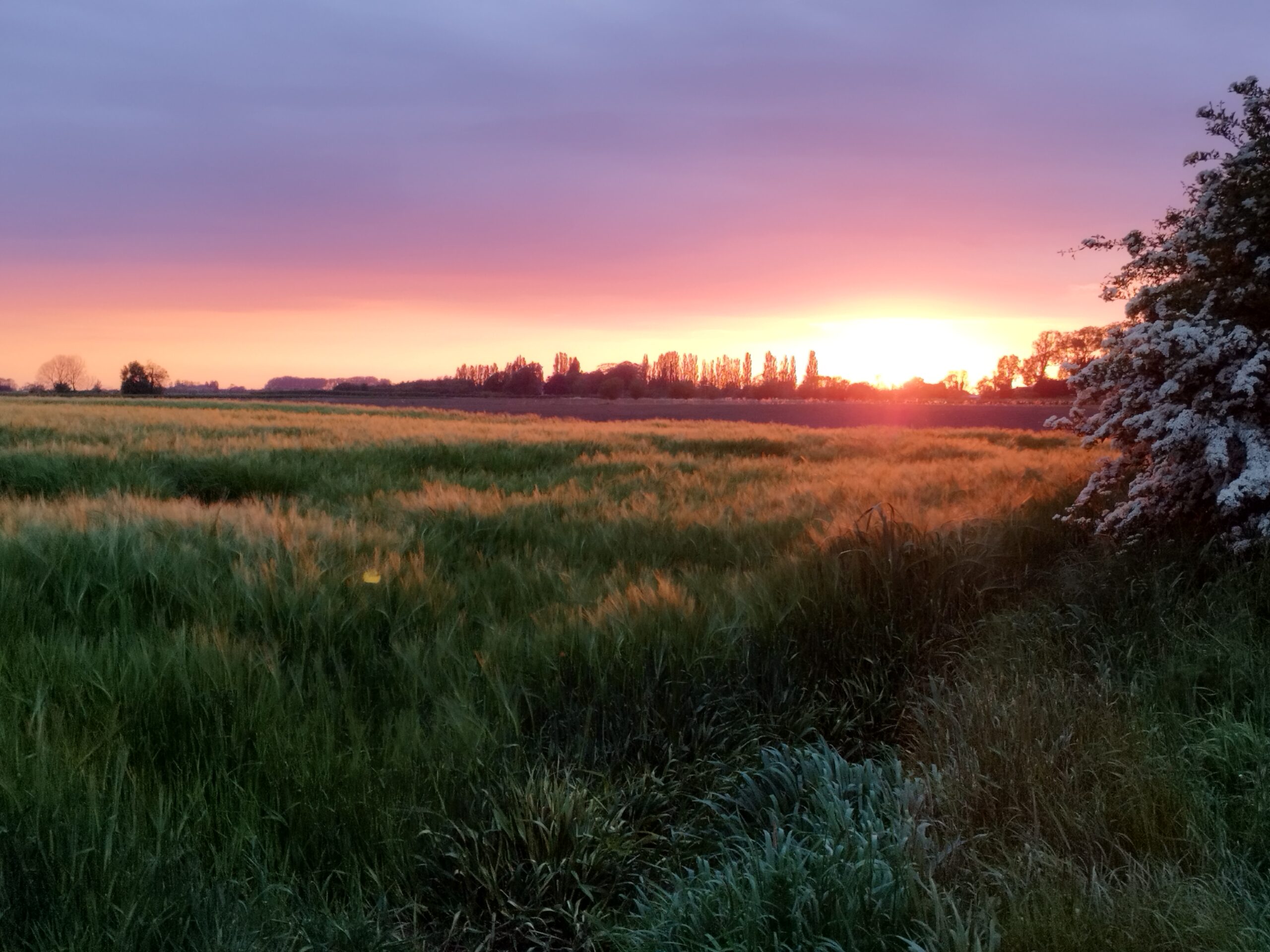
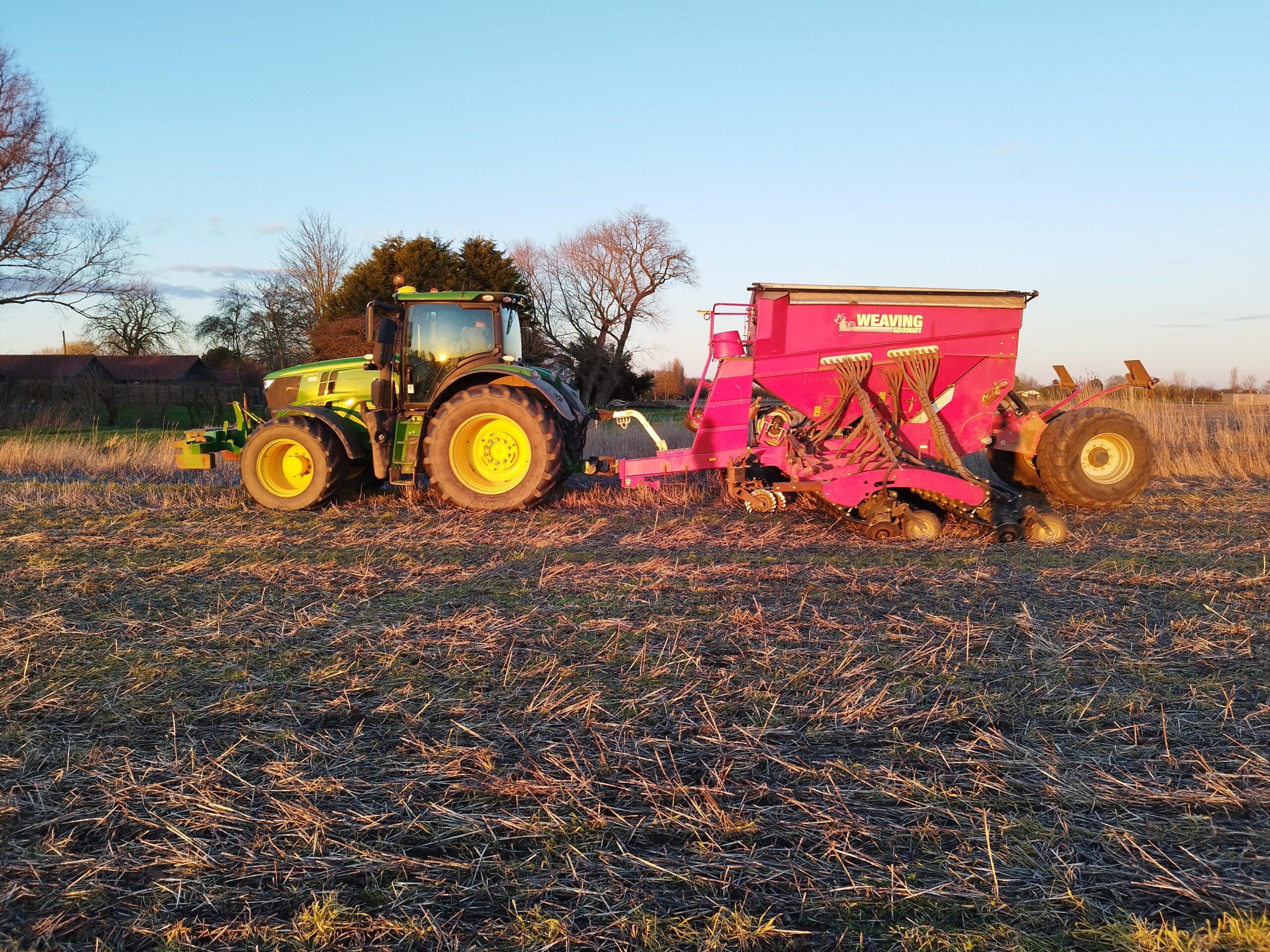
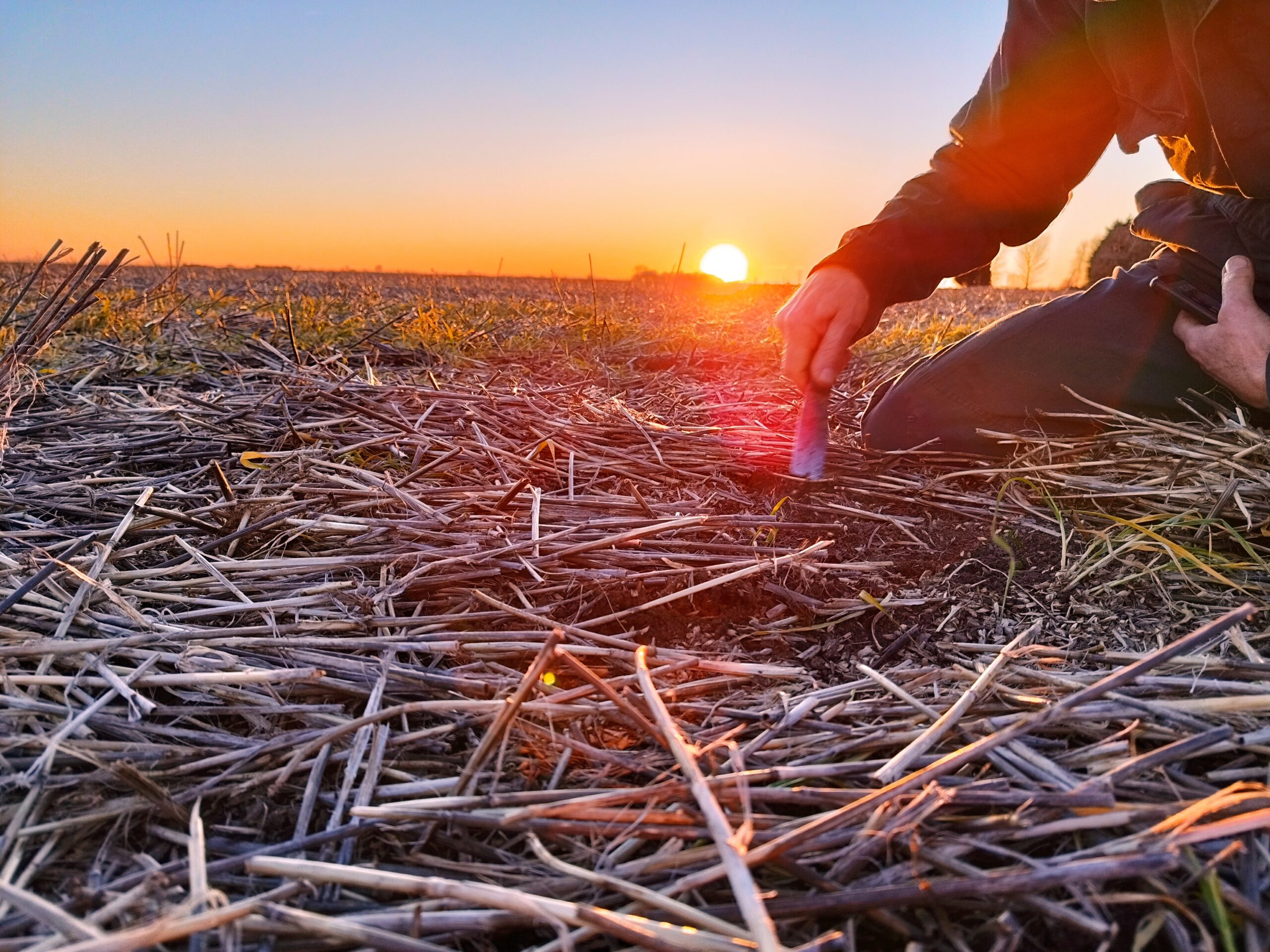
Whilst there are reasons for this such as the amount of cost required to process and market a product to a consumer and I am sure many will argue around the specific numbers it does beg the question in my head, would it be easier to improve the income side of the equation rather than push down the cost side even further? Many will pipe up to say that I could build a farm shop and sell directly. However, this is not something I would be able to do given the area of the country I am situated in and really I am interested in scale. How can I shift thousands of tonnes through a farm shop? No, the real question is can I leverage my regenerative farming techniques to gain premiums in the market? YES is the answer! But we need to do something we have traditionally not been great at “Marketing”. So, I have started down this journey. I have created my own little brand for my farm called Gentle Farming – www.gentle-farming.co.uk. I have been hosting farm tours with some of the biggest food companies in the country all in the hope of finding a way to shortcut the supply chain and sell more directly at scale. It has been hugely interesting to help educate them on regenerative farming techniques and to hear their thoughts on how the market is developing. I am making progress, slowly. I am looking forward to the day sometime soon when I can walk into a restaurant knowing my crop which I grew is being sold at scale to real people.


